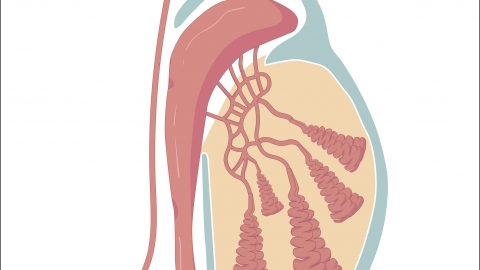What does cryptorchidism mean?
Generally, cryptorchidism refers to the condition where the testicle fails to descend from the retroperitoneal area of the lumbar region to the bottom of the scrotum along the normal developmental pathway, instead remaining at some point along the descent path, such as within the abdominal cavity or inguinal canal. If discomfort occurs, timely medical consultation is recommended. A detailed explanation is as follows:

Cryptorchidism is a common congenital disorder of the reproductive system in children, with a relatively higher incidence in premature infants. Its occurrence is mainly associated with endocrine factors and abnormalities of the testicular gubernacular development. Endocrine factors refer to insufficient secretion of gonadotropins by the mother during pregnancy, which affects the descent of the testes. Gubernacular abnormalities occur when the gubernaculum develops abnormally during fetal development, failing to effectively guide the testis into the scrotum.
In most patients with cryptorchidism, one or both sides of the scrotum appear underdeveloped or empty. In some cases, the undescended testicle(s) may be palpated in the inguinal region. If left untreated, cryptorchidism can adversely affect reproductive function, and patients with bilateral cryptorchidism face a higher risk of infertility. Furthermore, due to the higher temperature of the environment surrounding the undescended testicle compared to that of the scrotum, the risk of malignancy is significantly increased. Additionally, vigorous activity may lead to testicular torsion, causing acute pain and potentially compromising testicular blood supply.
If cryptorchidism is not treated promptly, it may interfere with normal sperm production, leading to impaired spermatogenesis, significantly reducing fertility, and potentially resulting in infertility. Therefore, once cryptorchidism is detected, prompt medical evaluation at a hospital is essential.







